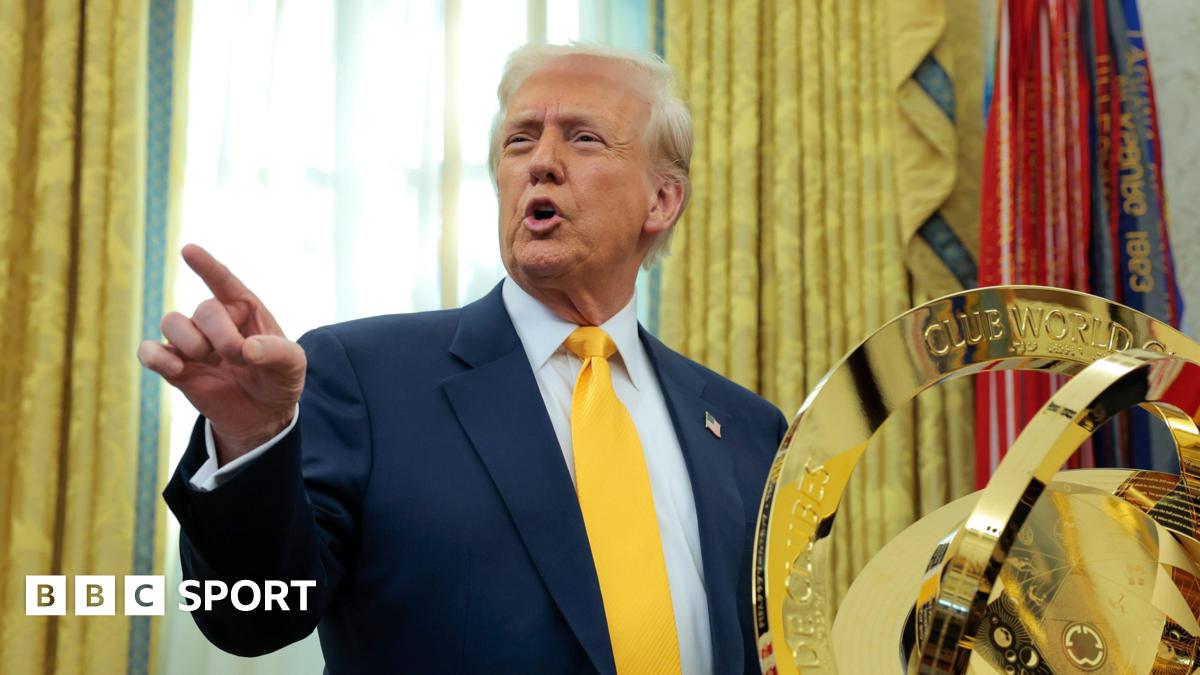Tariffs & Sports: How Trump's Economic Policies Reshaped the Athletic Landscape
Donald Trump's presidency saw a significant shift in US trade policy, marked by the imposition of numerous tariffs on imported goods. While the economic effects were felt across various sectors, the impact on the sports industry, a multi-billion dollar enterprise, was particularly noteworthy. This article delves into how Trump's tariffs affected sports, examining both the immediate consequences and the long-term implications.
The Target: Imported Sporting Goods
Trump's tariffs primarily targeted goods from China, a major producer of sporting goods. This included everything from bicycles and basketballs to athletic apparel and equipment. The increased cost of importing these items directly impacted several key areas within the sports industry:
-
Increased Prices for Consumers: The most immediate effect was a rise in prices for consumers. Whether it was a new pair of running shoes, a child's baseball glove, or equipment for a professional team, the added tariff costs were passed down the supply chain. This led to decreased consumer spending in some segments of the market.
-
Challenges for Smaller Businesses: Smaller sporting goods retailers and businesses felt the pinch most acutely. Larger companies with more resources could absorb some of the cost increases, but smaller entities faced tighter margins and struggled to compete. Some were forced to raise prices significantly, potentially losing customers in the process.
-
Impact on Professional Teams and Leagues: Professional sports teams, reliant on merchandise sales and sponsorship deals, also experienced an indirect impact. Increased costs for equipment and apparel could affect team budgets and potentially trickle down to player salaries, though this effect was less direct than the impact on consumers and smaller businesses.
Beyond the Direct Costs: Supply Chain Disruptions
The tariffs introduced considerable complexity to the supply chains within the sporting goods industry. Manufacturers scrambled to find alternative sourcing options, leading to:
-
Production Delays: Shifting production away from China caused delays in the manufacturing and distribution of sporting goods. This disrupted the supply chain, causing shortages and impacting the timely availability of products for retailers and consumers alike.
-
Increased Transportation Costs: Sourcing from alternative locations often meant higher transportation costs, adding another layer of expense that further inflated prices.
-
Quality Concerns: The shift to new manufacturers could have resulted in quality control issues in some cases, as companies adapted to new supply chains and production processes.
Long-Term Implications and the Biden Administration
The long-term impact of Trump's tariffs on the sports industry is still unfolding. The Biden administration has made some adjustments to trade policy, but the effects of the previous tariffs continue to ripple through the industry. The shift in sourcing and the increased complexity of global supply chains have had lasting effects. The current economic climate and global instability further complicate the situation.
Key Questions Remain:
- How have businesses adapted to the long-term changes in the global sporting goods market?
- What are the lasting consequences for small businesses within the industry?
- How have consumer spending habits shifted in response to price increases?
These questions require further analysis and research to fully understand the comprehensive legacy of Trump's trade policies on the world of sports.
Conclusion: A Complex Economic Equation
Trump's tariffs on imported sporting goods created a complex economic equation within the sports industry. While the immediate impact was felt through higher prices and supply chain disruptions, the long-term consequences are still being assessed. The interplay of international trade policy, consumer behavior, and industry adaptation continues to shape the sporting goods landscape. Understanding these complexities is crucial for anyone interested in the economics of sports and international trade.

